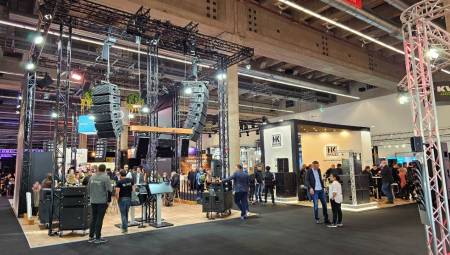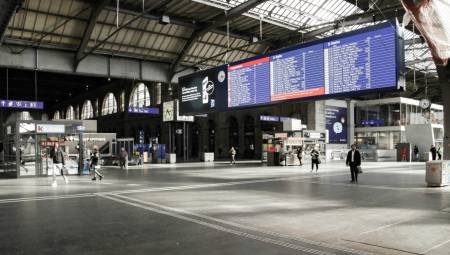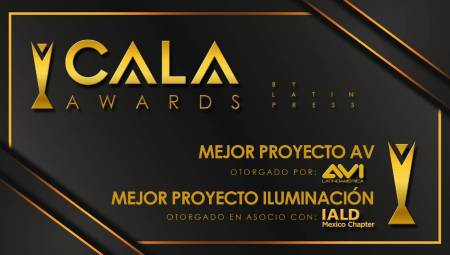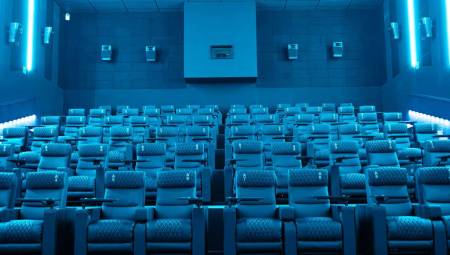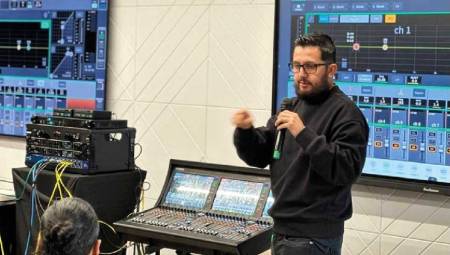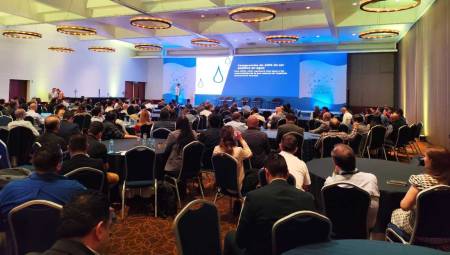When choosing an LED screen, there are a number of parameters that must be considered so as not to have subsequent disenchantments. The author suggests some of them.
by Adrian Morel*
When it comes time to decide between selecting or acquiring an outdoor or indoor LED display, or virtual versus real pixel pitch , the answer seems easy, but there are a few details that need to be taken into account. At first glance, many think that the difference between indoor and outdoor screens is simply higher or lower light output, partly if it is, but there are other issues as well. Others think that a virtual resolution is equivalent to a real or similar one and that deserves its pertinent clarifications.
The industry classifies virtual only
Importantly, suddenly and without warning, the LED display industry has decided to rename or reclassify its products without communicating it to its customer. That is, a couple of years ago, the industry handled only pixel pitch terms in real millimeters. Nowadays, it seems that marketing or communication people have advised LED screen entrepreneurs to refer to them only in virtual terms, which is not the same as real pixel pitch.
This lack of pre-notice or unclear communication is not a happy situation, because when we are reading on the Internet that a screen has 7 mm of resolution, to tell the truth, it would have to be clarified that that same screen is 7 mm virtual and 14 mm real (which is not the same as 7 mm real). Although the difference seems subtle, this confuses the buyer because one thing is being offered for another.
For this reason, the best way to know if we are choosing a virtual or real screen is to count the physical LEDs per square meter. This information is basic and can be found in any brochure.
Advantages and disadvantages of virtual vs. real
The emergence of virtual models has significantly improved the resolution of screens. Such technology can basically come in two forms.
1.Double image sweep
2.Incorporation of an additional LED.
Double image sweep
The double scan reads twice instead of once and as you already know the video is a succession of images in which the resolution is improved when more frames are played per second. For example, in the case of 35 mm film that normally has 24 frames per second, it would be read electronically at 48 frames per second. The PAL system goes from 25 to 50 frames per second, and finally, the NTSC system from 30 to 60 frames per second.
This double-scan system is an incredible improvement for the human eye, as a 20 mm screen, which normally at 20 meters already looks good, with a virtual resolution, looks as if it were a resolution of 10 mm. That is, at the same distance better resolution.
The million-dollar question would then be on what terms does it look best? For example, if we compare side by side a real 20 mm screen with a virtual 10 mm screen we can say that in terms of colors there is no big difference, because both receive 4.4 trillion colors, in the case of first line or recognized brand screens. In terms of comparison of contours, there if we can say that the difference is noticeable being the virtual one with the highest definition. If we compare letters or tiny details, the difference is incredibly staggering. The virtual 10mm display can reproduce even the smallest detail.
It is important to note that virtual resolution is a significant advance for the vision of the human eye, but the double sweep does not get along well with video cameras, because they generate distortion and the famous Moiré effect, which blurs the image, contours and unwanted stretch marks appear.
Incorporation of an additional LED
This additional LED or fourth LED in the RGB process also contributes to virtual, enhanced or enhanced resolution. As you already know, to make the chromatic combination requires three basic colors that are red, green and blue (from the English RGB or Red, Green, Blue). Optical engineers have realized that there are colors that are repeated and if an additional LED is added, by increasing the illuminated surface, the resolution increases. This additional LED can be both red and blue. The existing difference is that when the LED room is red, the screen is of medium resolution and not recommended, because it saves precisely where it should not be now, it would be like buying the cheapest parachute or buying a parachute just because I like the color of it. Many companies choose to put the red LED because it is the cheapest LED in the industry and in this way they reduce cost, but sacrifice quality. Other companies, on the other hand, add the green color as a fourth LED. This color significantly increases resolution, and regardless of whether it's an expensive LED, many blue-chip companies emphasize actual or substantial improvements, no matter how much to lower costs.
Conclusions
To evaluate the quality and factual performance of an LED screen we must take into account minimum details that make the essence of the business and good resolution. The colors of the screens of optimal resolution are measured in trillions of colors. Virtual technology substantially improves the resolution of details and letters in the video and finally it is good to ask if the screen will be used only live, where the double sweep technology is ideal or if the screen will be used to be transmitted by television, where the virtual technology of the LED room is preferred for its low or almost zero Moiré effect.
*Adrian Morel is CEO of Lighthouse Technologies and can be located in his Califonia office ([email protected])



